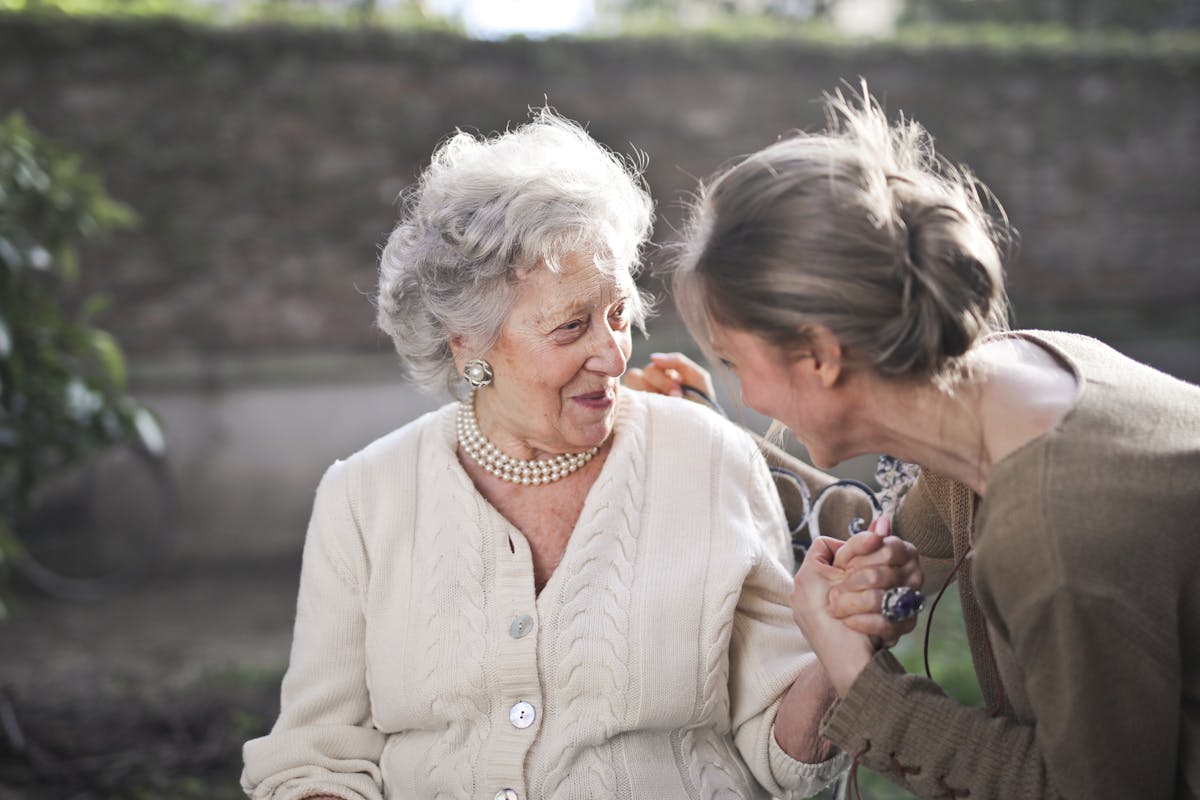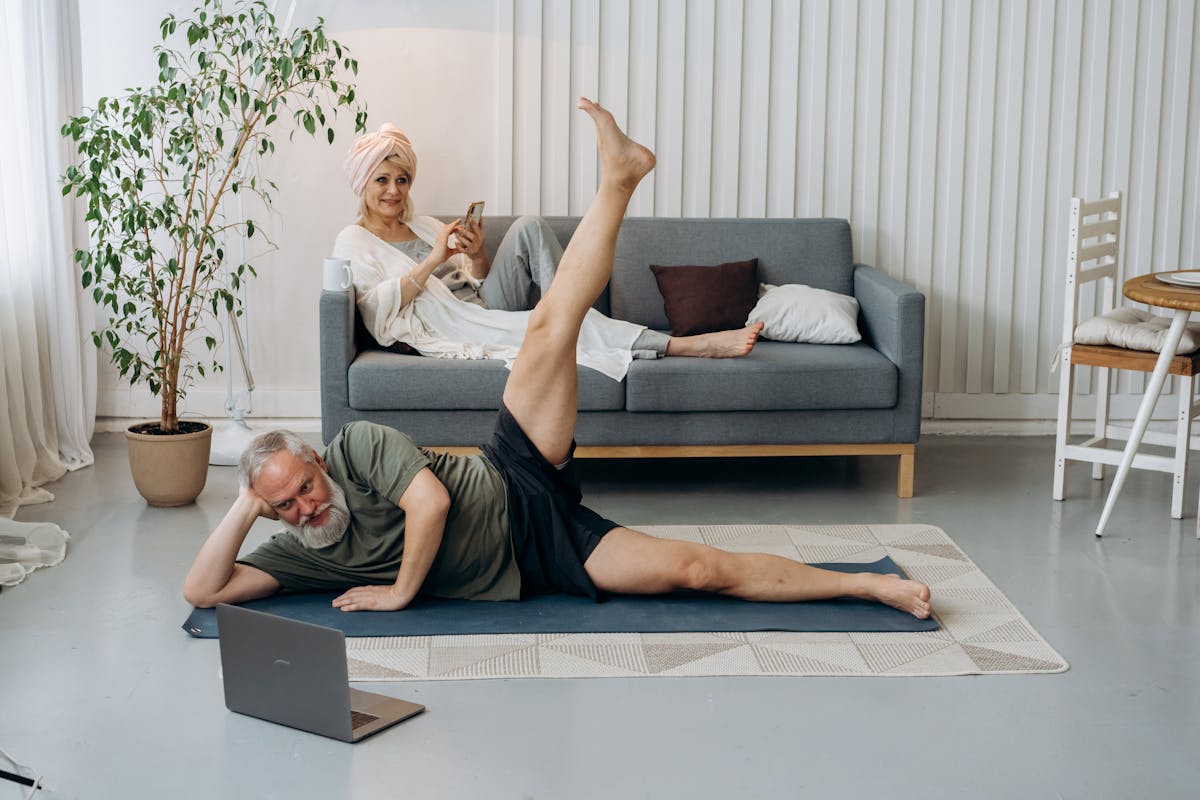Empowering Seniors: Promoting Active Living Within the Comforts of Home

- Create a safe home environment to minimize risks and foster independence for seniors.
- Utilize home health care and community programs to combat social isolation and offer support.
- Encourage regular physical activity through manageable exercises to enhance seniors’ health and mobility.
- Promote mental stimulation and joy through hobbies, interests, and cognitive exercises suitable for seniors.
- Leverage caregiver support and community resources to improve seniors’ quality of life and maintain engagement.
As people age, it’s crucial to maintain an active lifestyle to ensure their overall well-being. Many seniors may struggle to stay active due to mobility or other health concerns. However, with the proper support and resources, seniors can lead fulfilling lives and remain engaged in activities that bring them joy and purpose.
This blog post explores ways to empower seniors and promote active living within the comforts of their own homes.
Create a Safe and Accessible Environment
One of the first steps in promoting active living for seniors is to create a safe and accessible environment within their homes. This may include installing grab bars in the bathroom, removing tripping hazards, and ensuring that pathways are clear and well-lit. These simple modifications allow seniors to move around their homes more easily and reduce the risk of falls.
Provide Home Health Care Services
Home healthcare services can be a valuable resource for seniors who require additional support. These services offer personalized care and assistance with daily activities such as bathing, dressing, and meal preparation. Home health aides also provide companionship and social engagement, which can help combat feelings of isolation and loneliness. So, you should look for a reliable provider of home health care services. They can tailor their services to meet each senior’s specific needs and preferences.
Encourage Social Engagement
Social isolation is common among seniors, especially those living alone. Encouraging social engagement is crucial for promoting active living and overall well-being. Seniors can participate in virtual social activities, join online communities, or connect with friends and family through video calls. Seniors can combat loneliness and stay mentally sharp by staying connected with others.
Structured Settings for Seniors
In addition, community centers often offer a variety of group activities specifically designed for seniors, such as fitness classes, book clubs, and arts and crafts workshops. These programs encourage social interaction and provide structured settings in which seniors can learn new skills or cultivate existing hobbies.
Limited Mobility
For those with limited mobility or transportation options, local senior services may provide volunteer-driven programs that facilitate participation in community events, helping seniors remain integral to their social circles while promoting a sense of belonging and community engagement.
Incorporate Physical Activity Into Daily Routine
Staying physically active is essential for maintaining good health as you age. Seniors can incorporate physical activity into their daily routine by taking short walks around the neighborhood, practicing gentle yoga or tai chi exercises at home, or following chair-based workout videos designed specifically for older adults. Regular exercise improves physical strength and flexibility and boosts mood and cognitive function.
Gardening Activities
In addition to the activities mentioned, gardening is another enjoyable way for seniors to stay active while engaging with nature. It can be adapted to suit individual abilities, with raised beds and container gardening for those with difficulty bending or kneeling. Furthermore, simple stretching and balance exercises can easily be incorporated into daily routines, helping to maintain flexibility and reduce the risk of falls. It’s essential for seniors to find physical activities that they enjoy and to set achievable goals to sustain a long-term active lifestyle.
Explore Hobbies and Interests
Encouraging seniors to explore hobbies and interests they enjoy is another way to promote active living within the comforts of home. Whether gardening, painting, knitting, or playing an instrument, engaging in activities that bring joy can improve mental well-being and provide a sense of accomplishment. Seniors can also consider joining local clubs or groups with similar interests to connect with like-minded individuals.
Cognitive Exercises
Exploring hobbies and interests also serves as a cognitive exercise, keeping seniors’ brains actively engaged. Cognitive activities such as puzzles, reading, writing, or learning a new language can help maintain brain health and sharpness. Participation in these hobbies can be a source of personal growth. It can even be shared with others, creating intergenerational bonding and learning opportunities.
Seek Support From Caregivers and Community Resources
For seniors needing additional support in maintaining an active lifestyle at home, reaching out to caregivers or community resources can be beneficial. Caregivers can assist with daily tasks, transportation to appointments or social events, or offer companionship and emotional support. Community resources such as senior centers, adult day programs, or meal delivery services can help seniors stay engaged and connected.
Enhance Quality of Life

Seeking support from caregivers and community resources can significantly enhance the quality of life for seniors, allowing them to enjoy a more active and engaged lifestyle. Caregivers play a critical role by being attuned to the personal preferences and needs of the elderly, whether assisting with household chores, managing medications, or providing transportation for errands and doctor visits. Collaboratively, caregivers can work with seniors to set realistic goals and develop strategies that promote independence and well-being.
Empowering seniors to lead active lives within the comforts of their own homes is beneficial for their physical health. It contributes to their overall happiness and quality of life. By creating a safe environment, encouraging social engagement, incorporating physical activity into daily routines, exploring hobbies and interests, and seeking support from caregivers and community resources, seniors can thrive in their golden years while maintaining independence and dignity. As a senior adult, it’s always possible to start making positive changes towards a more fulfilling lifestyle.
